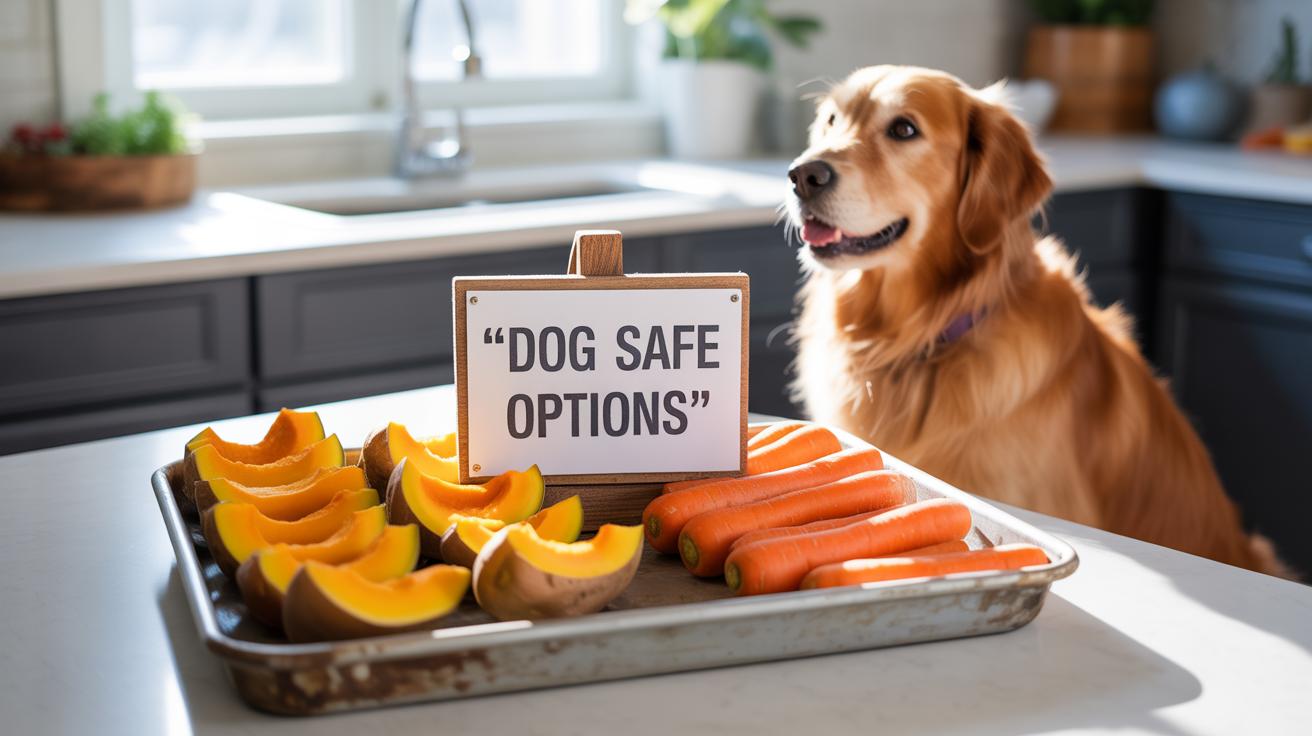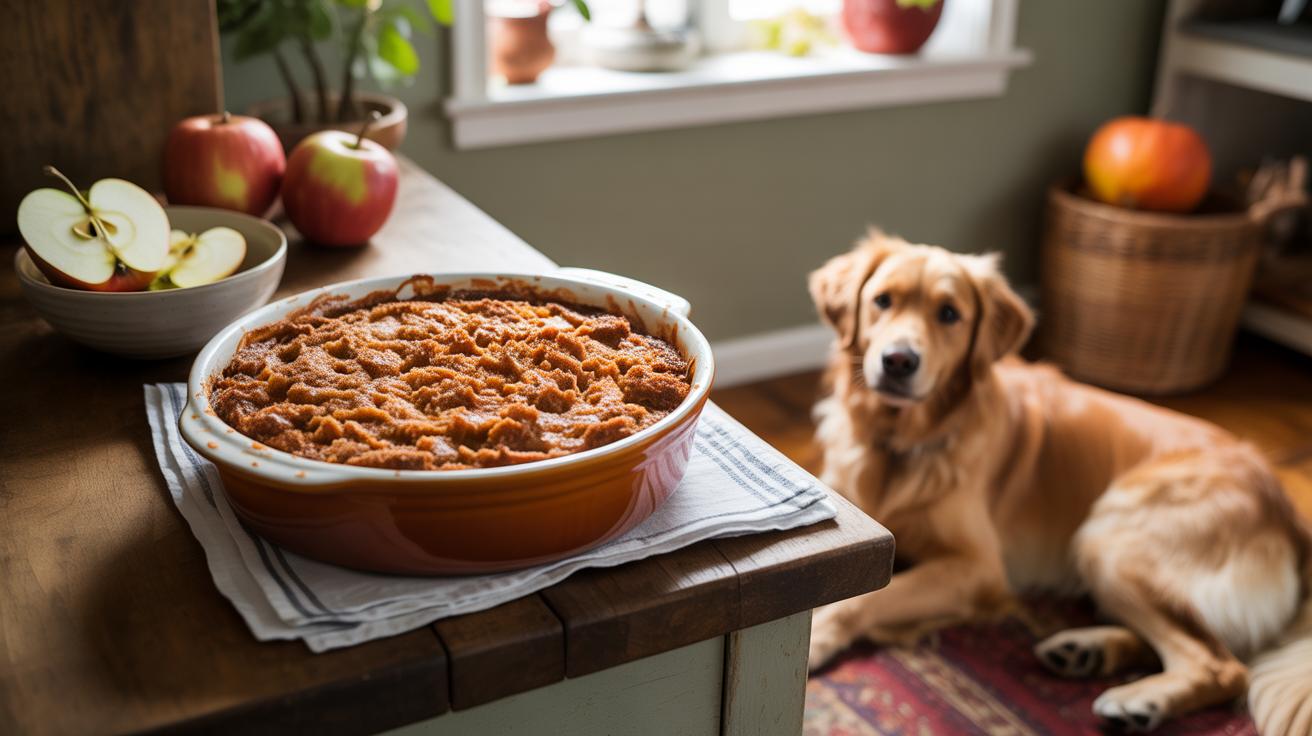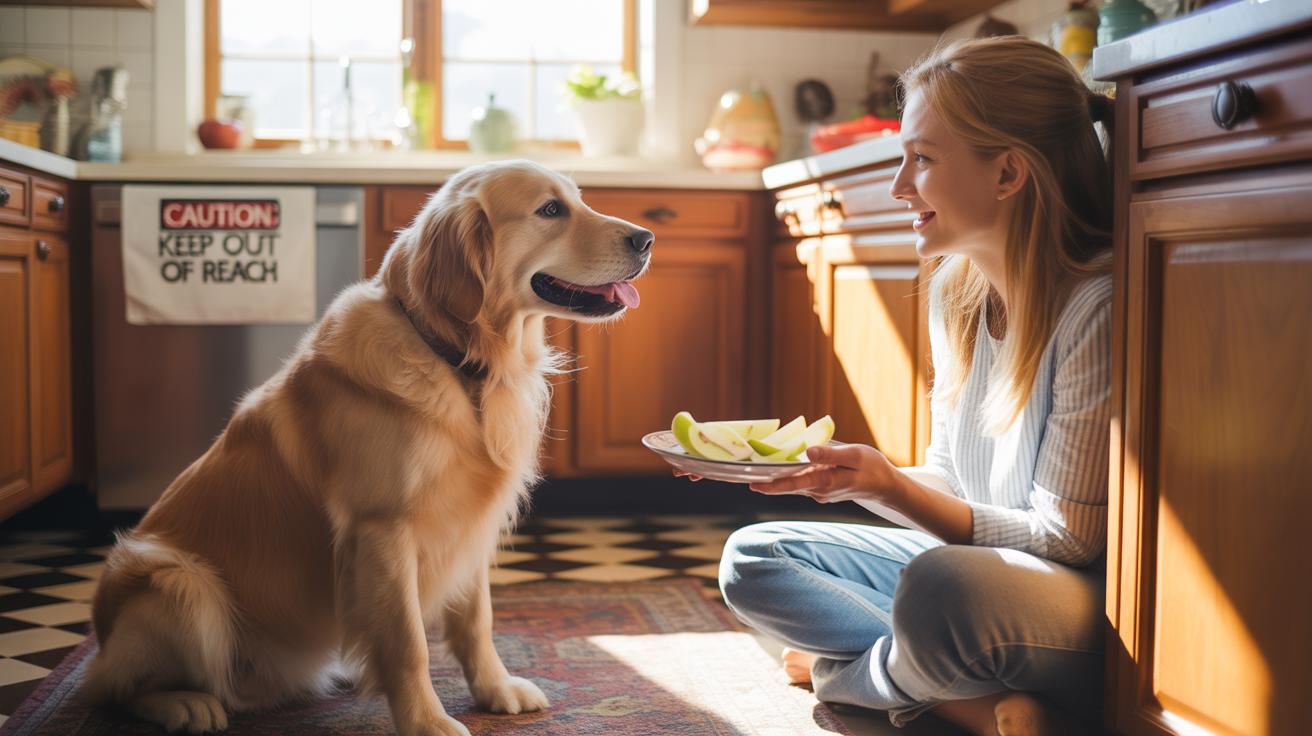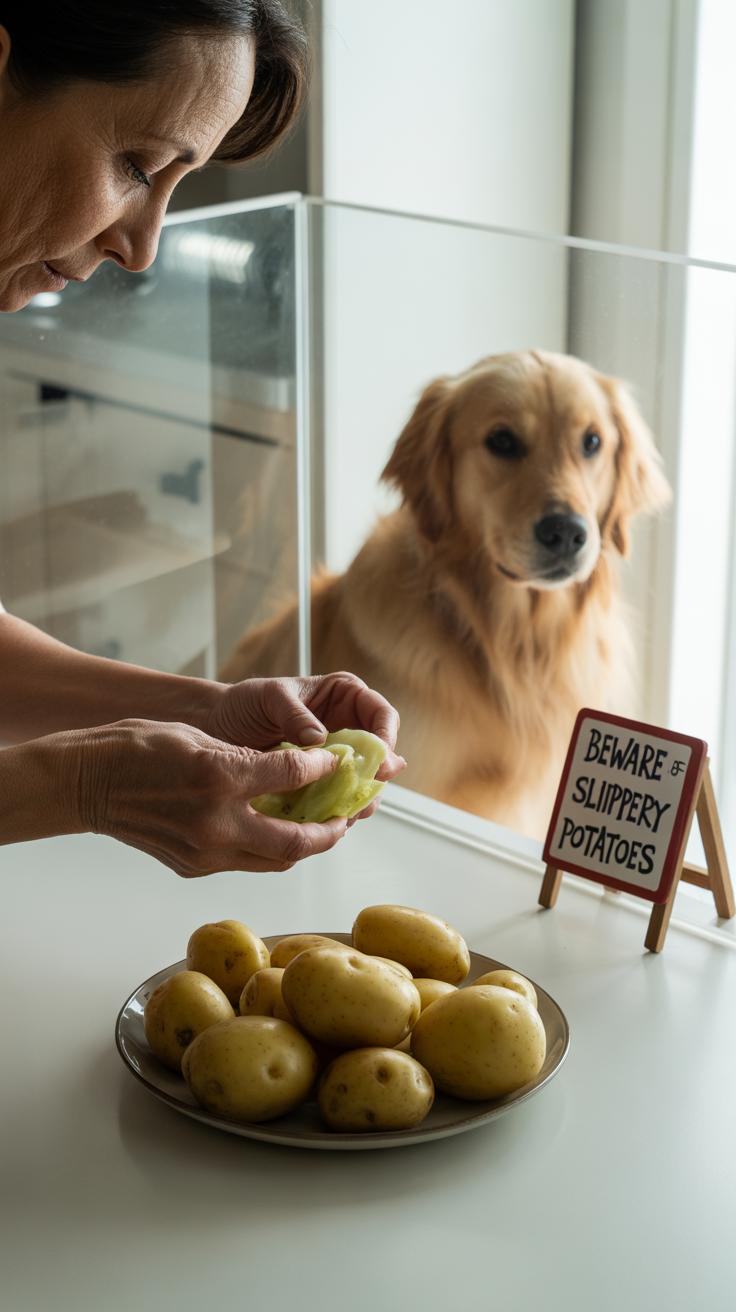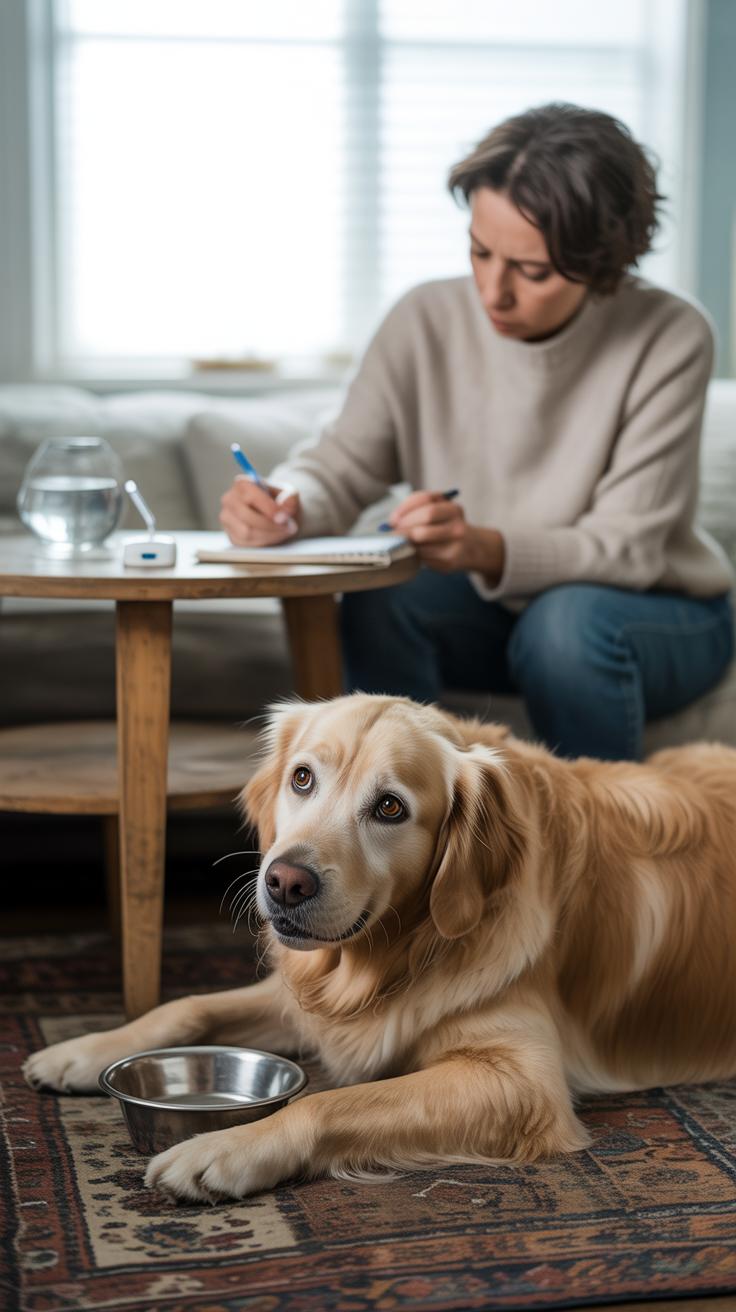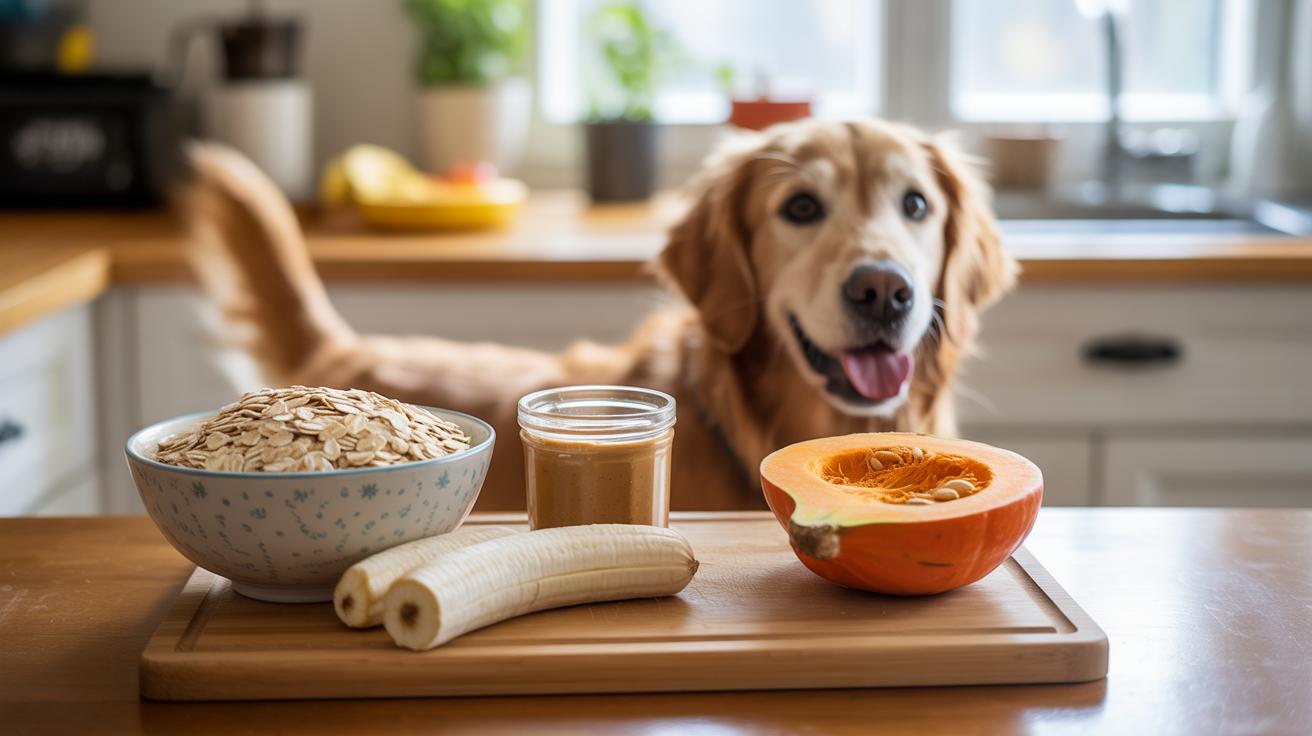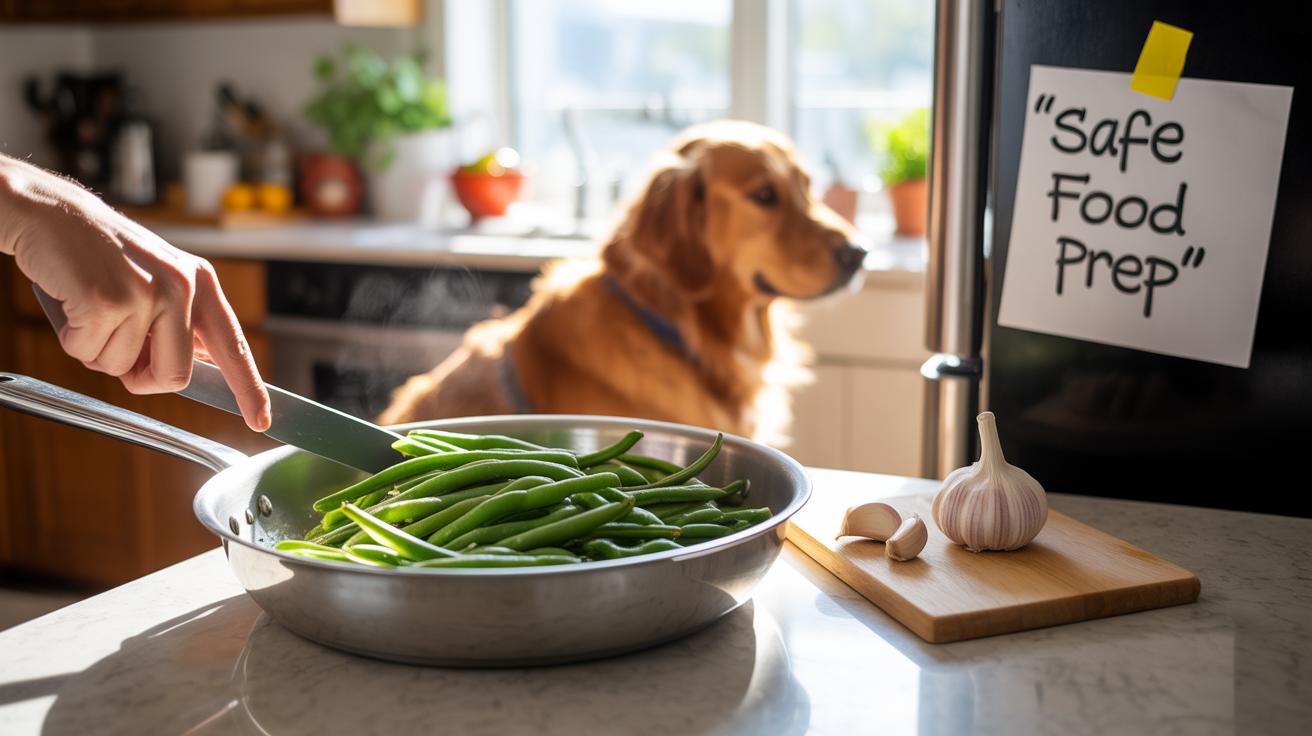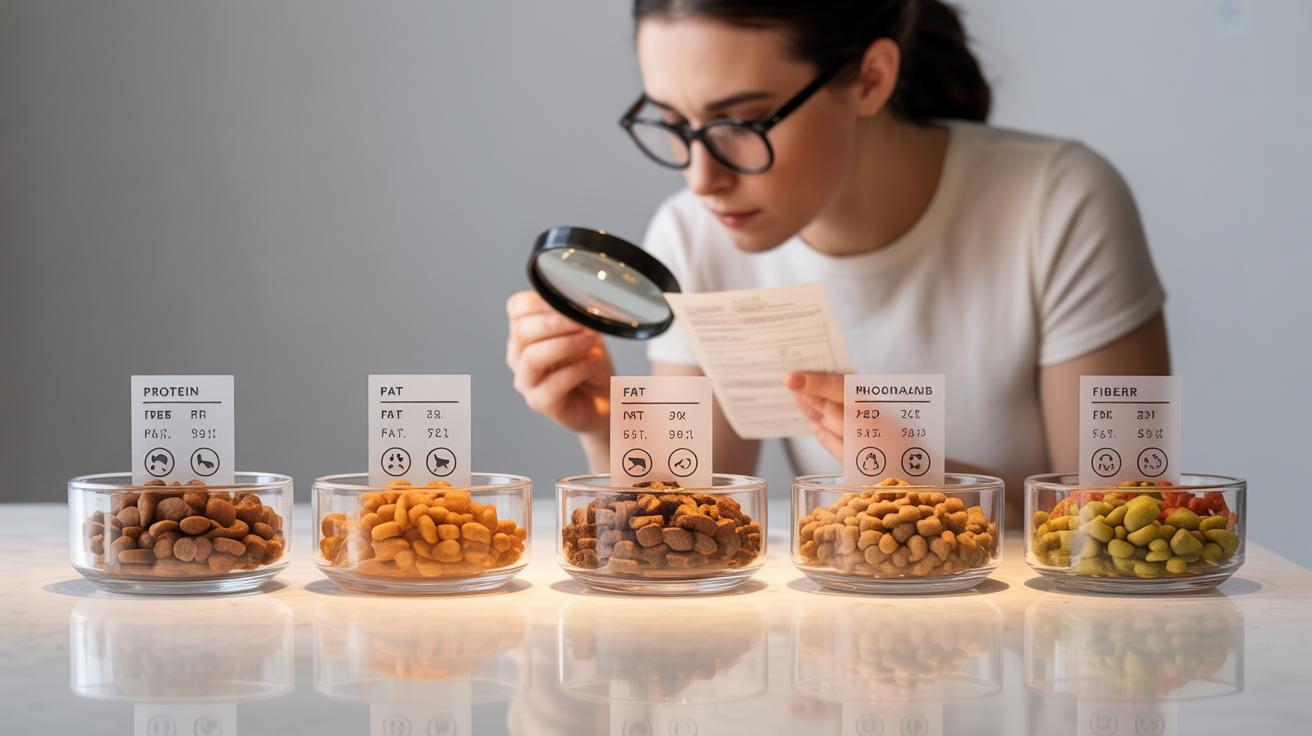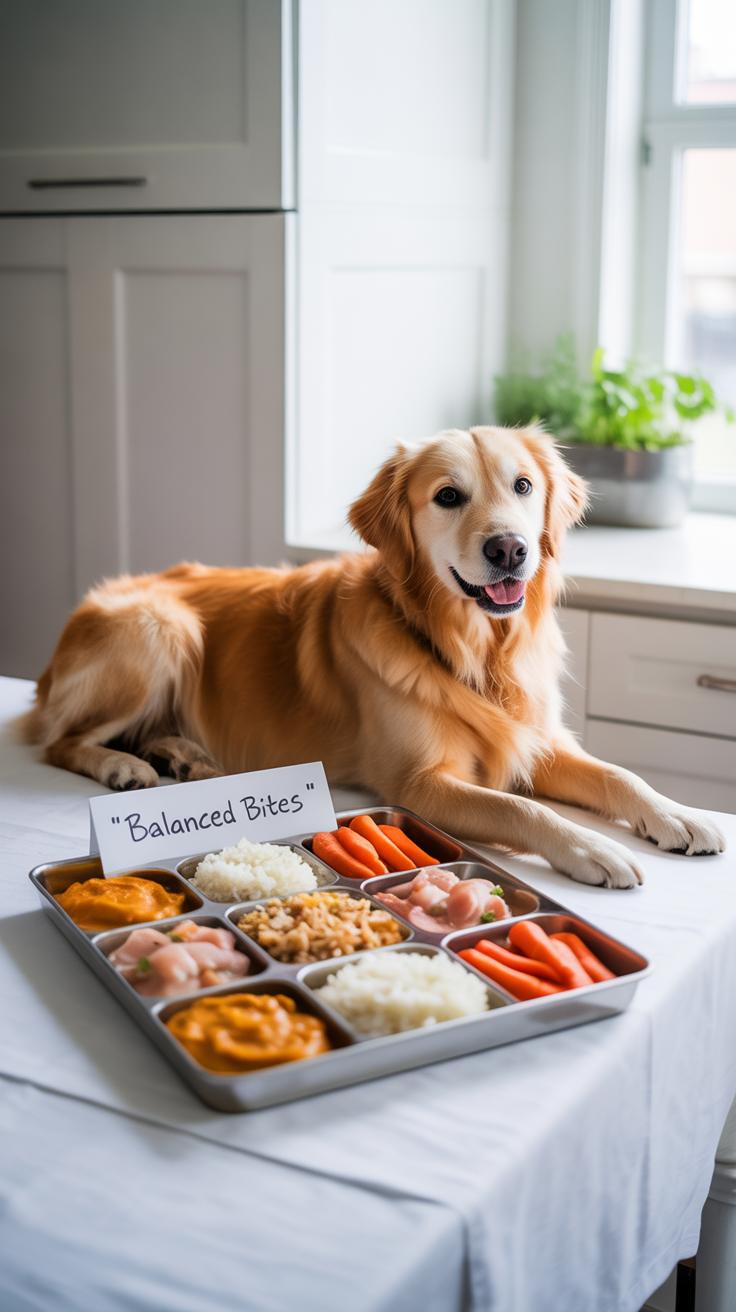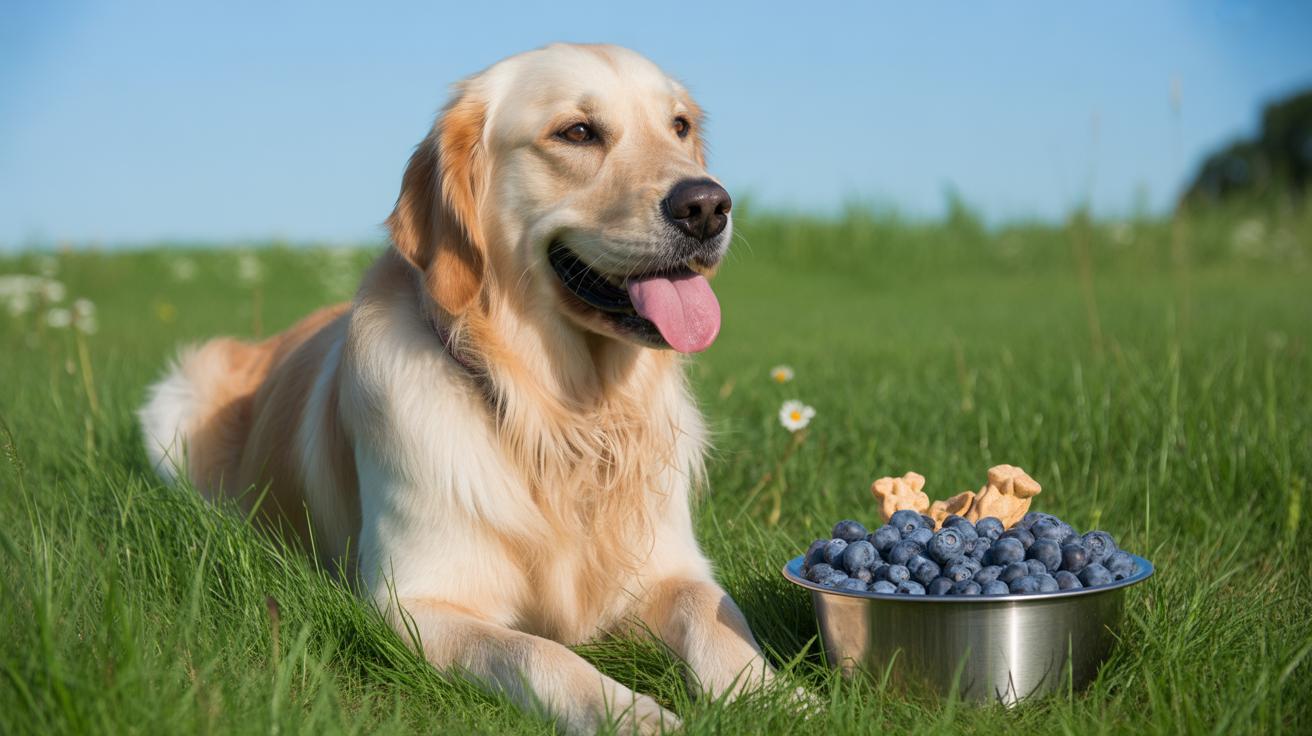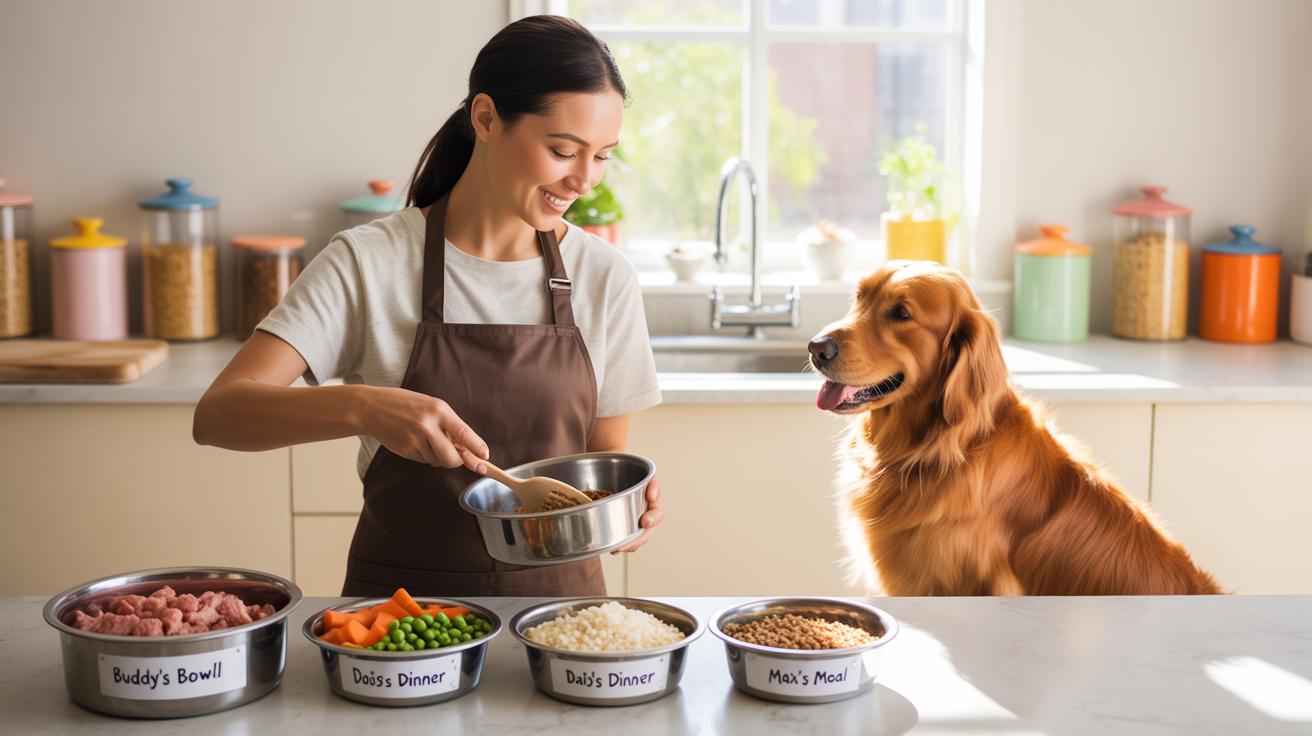Introduction
Potato skins are popular snacks for people and often appear on menus or at home as a tasty treat. However, when it comes to your dog, potato skins may not be as safe as they seem. Many pet owners wonder if sharing this food with their furry friends is a good idea, but there are known risks that come with feeding dogs potato skins.
This article explores these safety concerns in detail and suggests healthier, safer alternatives you can offer your dog instead. Understanding the impact of potato skins on your pet’s health will help you make better decisions and keep your dog safe while enjoying appropriate treats.
What Are Potato Skins
Potato Skins as a Snack Food
Potato skins are a popular snack made by baking potatoes, then cutting them in half and scooping out most of the flesh. The remaining outer layer is left intact, creating a crisp shell. These hollowed halves get topped with ingredients like melted cheese, crispy bacon bits, sour cream, and sometimes green onions or other garnishes.
People often enjoy them as an appetizer or casual snack at gatherings or restaurants. They combine crunchy texture with gooey toppings, which makes them appealing to many. Yet, beneath this indulgent food lies a natural part of the potato plant itself.
The Potato Plant and Its Skin
The potato is a root vegetable that grows underground, developing tubers that we commonly eat. The skin serves as the protective outer layer of these tubers. It shields the potato from pests and moisture loss while storing certain nutrients.
This skin varies in color—from white to red or purple depending on the variety—and has a somewhat rough texture compared to the softer inside. It contains fiber and some vitamins, which you might overlook when focusing only on the potato’s flesh.
Looking closely, you realize the skin isn’t just waste but a part with a role—though it’s not always treated kindly in cooking or feeding habits, especially when thinking about animals like dogs. So, potato skins are more than just tasty snack bases; they’re an essential part of the potato’s biology.
Nutritional Aspects of Potato Skins
Potato skins hold a surprising amount of nutrients that people often overlook. They offer a modest but useful dose of vitamins, especially B vitamins like B6 and niacin, alongside vitamin C. These help the body in energy metabolism, immune function, and skin health. Plus, the skins carry a decent amount of dietary fiber, which supports digestive health by promoting regular bowel movements and helping control blood sugar levels.
Besides vitamins and fiber, minerals such as potassium, iron, and magnesium are present in potato skins. Potassium aids in muscle function and blood pressure regulation, while iron supports oxygen transport in the blood. It might seem odd, but much of this nutrition is packed near the surface, which is why peeling potatoes can strip away more than just texture.
When it comes to dogs, the story shifts. Dogs digest nutrients differently, relying mostly on proteins and fats, while their ability to process complex fibers and certain vitamins isn’t quite the same as ours. They don’t need vitamin C from their diet since their bodies produce it naturally, unlike humans. Their nutritional needs focus more on amino acids and fatty acids, essential for their health but less dependent on plant-derived nutrients like those in potato skins.
So, while you might enjoy the fiber boost from a potato skin, it doesn’t offer the same benefits to dogs. This difference in digestion and nutrient requirements matters when considering whether potato skins are a good choice for your furry friend—or not.
Why Potato Skins Can Be Unsafe for Dogs
Presence of solanine and toxins
You might not realize it, but potato skins can contain a chemical called solanine, especially when the potato is green or has sprouted. Solanine is a natural toxin produced by potatoes as a defense mechanism. It’s mostly in the skin and just beneath it. For humans, small amounts usually don’t cause issues, but dogs seem to be more sensitive to it. If a dog eats enough solanine, this toxin can disrupt their nervous system and lead to serious problems. Sometimes, even a little green or sprouted skin sneakily hidden in a treat can cause trouble — which can be tough to spot.
Aside from solanine, other toxins might be present too, depending on how the potato was stored or grown. These can add up, and while the exact impact may vary, the risk just isn’t worth it when it comes to your dog’s health. I’ve always found it a bit unsettling how something so common in our food can quietly be dangerous to pets.
Digestive problems caused by potato skins
Potato skins are high in fiber, which might sound like a good thing, but dogs digest fiber differently than we do. In fact, potato skins can be tough on their digestive system. Many dogs can develop stomach upset, from mild discomfort to diarrhea or vomiting. It’s not always immediate, and sometimes the signs are subtle, so you might not connect the dots right away.
Also, the skin’s texture can be hard to break down. This might cause blockages or irritation in some dogs, especially smaller breeds or those with sensitive stomachs. I remember once giving my dog a bit of leftover skin, thinking it was harmless, only to watch him turn away from his bowl later. It’s puzzling how something seemingly so small can upset a dog’s system. If you want to avoid the risk, it’s safer to skip the skins altogether and stick to plain, cooked potato flesh or better yet, dog-specific treats.
Symptoms of Potato Skin Toxicity in Dogs
When dogs eat potato skins, they may show a range of symptoms, some obvious, others less so. The main culprit is solanine, a natural toxin found in the skin and sprouted or green parts of potatoes. It affects dogs differently, and the signs can vary depending on how much was eaten and the dog’s size or sensitivity.
Here are some common signs of poisoning related to solanine ingestion:
- Vomiting, often frequent and sometimes with bile
- Diarrhea, which may be watery or contain mucus
- Weakness or unsteady movements
- Confusion, such as seeming disoriented or “off”
Aside from these, you might notice behavior and physical changes that are easier to spot if you know what to look for. Many dog owners mention seeing trembling or shaking. Drooling can come out of nowhere, and lethargy—where your dog just wants to lie down and nap—often follows.
Sometimes these signs seem mild at first, so it’s easy to dismiss them as tiredness or a small upset stomach, but they can worsen quickly. Thinking back to my own dog, he once ate potato peelings off the floor. At first, it was just a bit of drooling, then he became really quiet and didn’t want to eat for hours. That lag between exposure and serious symptoms can confuse owners.
If you ever see these symptoms and suspect your dog ate potato skins, reaching out to a vet is usually the safest move. It’s tricky because symptoms overlap with other illnesses, so when in doubt, getting professional advice is better than waiting it out.
How Dogs Digest Potatoes Differently
Dogs don’t digest food quite the way humans do. Their digestive system is designed more for meat, though they can handle some plant material too. Being omnivores with a carnivore leaning, dogs process nutrients differently, focusing more on proteins and fats rather than carbs.
Take starches from potatoes, for example. Dogs produce enzymes like amylase that help break down starch, but their amylase activity is mostly in the pancreas, not saliva like in humans. This means their ability to start digesting starch right away is weaker. They can manage some cooked potato starch, but raw or tough starches can be challenging.
Potato skins bring another issue. The fiber and tougher compounds inside skins aren’t easily broken down by dogs. They lack certain enzymes to fully break down cellulose and other plant fibers, so potato skins might just pass through or cause irritation. Plus, the skins sometimes carry solanine or toxins that dogs have a hard time processing, which can lead to discomfort or worse.
Have you ever noticed your dog chewing a potato skin and then acting off? That might be digestion struggling in real time. So while dogs can eat some potatoes without issue, the skins remain a tricky part of their diet based on how their digestion handles those components—or doesn’t.
Common Mistakes When Feeding Dogs Human Food
Feeding table scraps and risky foods
Many pet owners offer their dogs bits of food from their own plates without really thinking about safety or long-term effects. It’s easy to slip a dog a piece of your meal, especially if they’re giving you those big, hopeful eyes. But not all human foods are made for dogs. Some items, like potato skins, might seem harmless—or even tasty treats from our perspective—but they can cause digestive upset or worse. People sometimes don’t realize that what’s okay for us can be problematic for our furry friends. The problem isn’t just giving table scraps once in a while; regular feeding of unsafe foods can lead to bigger health issues over time.
Pet owners sometimes forget that many common snacks we enjoy contain ingredients our dogs struggle to digest or that might even be toxic. Greasy, salty, or heavily seasoned foods are common culprits. And yes, potato skins usually fall into that category.
Why some people think potato skins are safe
Potato skins have a reputation as “natural” or “healthier” snacks because they come from a vegetable. Since potatoes themselves are often recommended—but cooked plainly—some people assume that the skins pose no problems. It’s easy to think: it’s just the peel, right? How harmful can it be?
Plus, many dogs seem to enjoy them without an immediate reaction, which reinforces the notion they’re safe. That experience alone might encourage more frequent sharing. Some folks also assume that if potato skins are baked or cooked thoroughly without seasoning, the risk disappears. Yet, several issues lurk beneath that assumption.
People don’t always connect the dots between potential toxins like solanine, found in potato skins, especially when they’re green or sprouted, and the risks for dogs. Others might overlook the danger of additives like butter, salt, or oil that often accompany the skins. This mix of incomplete information and anecdotal evidence leads many to keep offering potato skins, unknowingly putting their dogs at risk.
Safe Alternatives to Potato Skins for Dogs
Potato skins may seem like a tempting treat for dogs, but there are safer ways to satisfy their snack cravings without the risks. You might be surprised at how simple and healthy some alternatives can be. Plain cooked potatoes without skin, for example, offer a gentle starch that most dogs enjoy. I’ve seen dogs perk up for a small piece of boiled potato, and it’s much easier on their digestion.
Carrots are another great option. They’re crunchy and low in calories, making them ideal for dogs that like to chew. Fresh or steamed carrots can double as a snack or a distraction when your dog’s begging for something extra.
There’s also a broad variety of commercial dog treats designed to meet nutritional needs while avoiding harmful ingredients. Sometimes switching to those might even save you the hassle of prepping homemade snacks.
Preparing these alternatives safely takes minimal effort. For instance:
- Remove all skins and any green parts from potatoes before cooking thoroughly to avoid toxins.
- Cut vegetables into bite-sized pieces to prevent choking.
- Avoid adding salt, oils, or spices that could upset your dog’s stomach.
I’ve found that simple preparation, like steaming carrots or boiling potatoes without any seasoning, maintains good nutrition and keeps snacks safe. Not all “natural” treats are harmless, so taking a moment to prepare these alternatives thoughtfully can make a real difference.
What about your dog’s favorites? Maybe experimenting with these options might uncover new preferred treats—and safer ones, too. Just keep an eye on reactions and don’t hesitate to tweak the portions or type of treat based on what suits your dog best.
How to Introduce New Treats to Your Dog
When you want to try new treats with your dog, it’s best to begin with just a tiny portion. Even if the treat seems harmless, like a vegetable or something natural, starting small helps you see how your dog handles it. Giving too much at once can lead to digestive upset before you even notice any unusual behavior.
For example, if you offer a small piece of a new snack and your dog eagerly eats it, that’s a good first sign. But don’t be too quick to assume everything is fine just because they seem interested. Sometimes reactions can show up hours later or the next day.
Watch out for any signs that might suggest a problem. These include vomiting, diarrhea, itching, swelling, or changes in breathing or behavior. If your dog is scratching more than usual or seems lethargic, those could be subtle clues something isn’t agreeing with them.
It might feel a bit stressful, waiting and watching, but patience here can save you trouble. Dogs, like people, can have individual sensitivities, so what works for one might not for another. I remember once giving a small new treat to my dog and thinking all was fine, but hours later he was uncomfortable. That taught me to be even more cautious.
Try giving new foods on days when you can keep an eye on your dog easily. If nothing unusual happens after a couple of days, you can slowly increase the amount. But if you see any weird symptoms, it’s better to stop and check what’s going on.
What To Do If Your Dog Eats Potato Skins
If you catch your dog munching on potato skins, the first thing to remember is not to panic. Potato skins can be risky, especially if they’re raw or greenish, but a quick response can make a difference.
Start by gently removing any remaining skins from your dog’s mouth. Then, offer plenty of fresh water—hydration helps flush out potential toxins. You might want to watch for signs like vomiting, diarrhea, excessive drooling, or unusual lethargy. Keep a close eye on your dog for the next several hours. Sometimes symptoms are mild or slow to appear, so it’s best to stay alert without jumping to conclusions.
If your dog begins showing any distress or unusual behavior such as weakness, rapid breathing, or confusion, that’s when you should call your vet. Trust your gut—sometimes what feels minor can escalate.
Even if symptoms don’t appear immediately, getting professional advice can save you worry and ensure your dog stays safe.
Regularly Reviewing Your Dogs Diet
It’s easy to think that once you settle on a dog’s diet, that’s it — but dogs’ needs change over time, and what worked before might not be the best choice later. Age, activity level, health conditions — all these factors shift how your dog processes food and what nutrients they really need. Sticking to the same routine without checking in occasionally might miss some subtle signs of discomfort or nutritional imbalance.
Think about it: a puppy’s digestion and energy demands differ from those of a senior dog. For example, older dogs often need diets that support joint health and manage weight, while younger pets might require more calories and certain vitamins for growth. If your dog develops a health issue like kidney disease or allergies, you can’t just rely on their usual food. Adjustments become necessary.
Working with your veterinarian plays a key part here. They can help interpret changes in your dog’s vitality and recommend diet tweaks or new treats that support their wellbeing. Sometimes you might feel uncertain about which treats are safe — that’s when advice from a professional can really keep you on track.
So, reviewing your dog’s diet periodically is more than just a check-up; it’s tuning into their evolving needs. Have you noticed how your dog’s appetite or energy changes over months? That might be a sign to re-evaluate what they’re eating. It’s worth asking yourself: Is their diet still helping them thrive, or could it use a fresh look?
Conclusions
Feeding your dog potato skins carries safety risks because potato skins may contain harmful compounds and can be difficult for dogs to digest. These risks can lead to discomfort or health issues in your pet. Knowing what makes potato skins problematic allows you to avoid unintentional harm.
Instead, opt for safer snack options such as specially prepared dog treats or vegetables that provide nutrition without the dangers. Keeping your dog’s diet focused on food made for their needs is crucial for their health and happiness. By choosing wisely, you ensure your dog stays safe and enjoys tasty treats safely.

